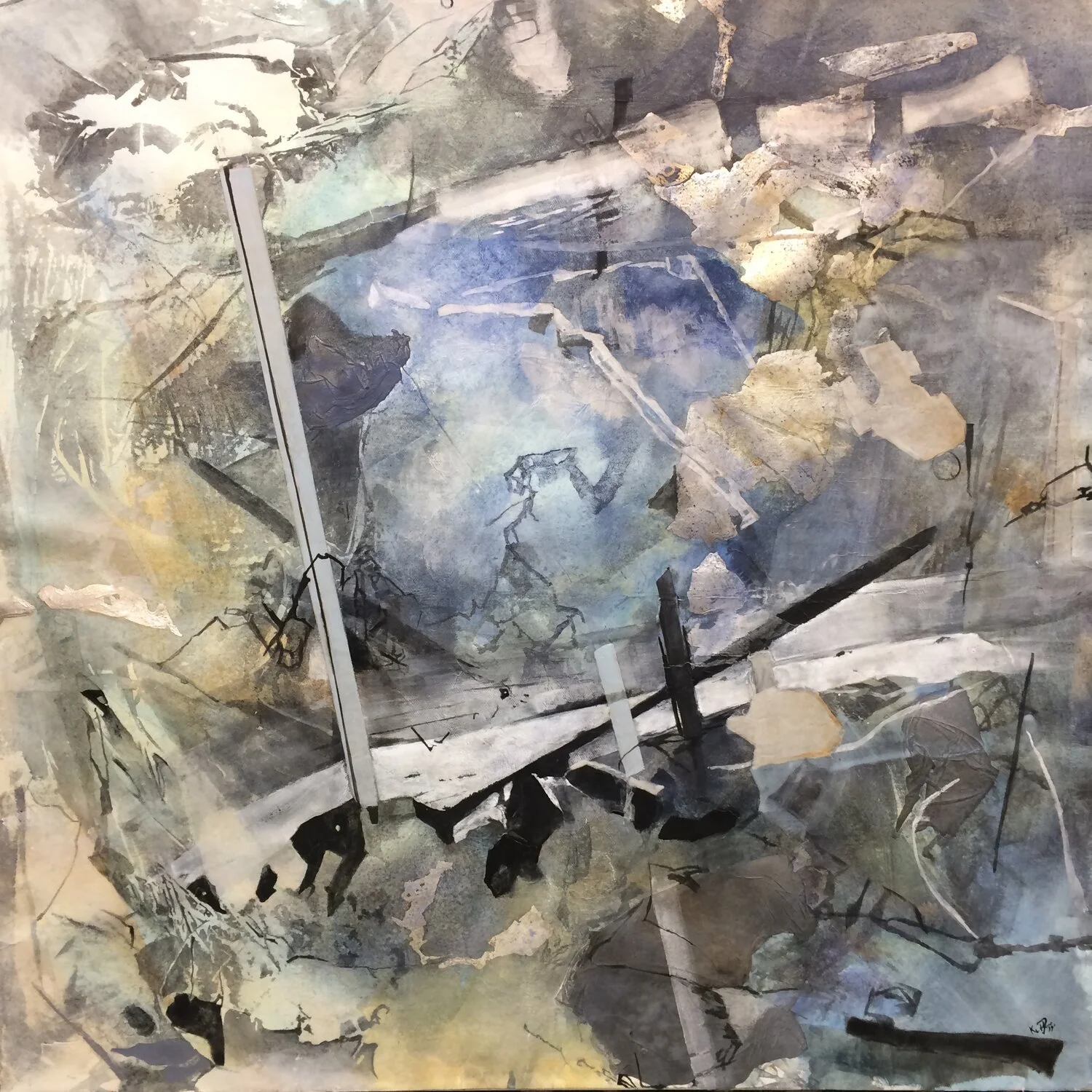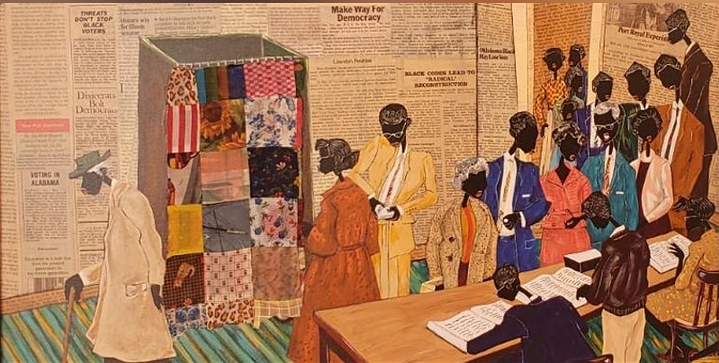The Art of the Southern Vernacular
February 13 to April 10, 2020
The Art of the Southern Vernacular explores these themes through the art of two Carolinians. Some say that the Harlem Renaissance was the beginning of a new Black aesthetic. But most of the visual artists from that era in New York City, and those that were influenced by them were from the Carolinas.
Campbell and Hart continue the legacy and centrality of this visual vernacular with the Carolinas, established in African American art history by such luminaries as Romare Beardon, the great collagist and his cousin Charles Alston, the great Harlem Renaissance painter and educator (both from Charlotte). Ernie Barnes (Durham), the painter of Sugar Shack, the most recognizable painting in Black Art history and John Biggers (Gastonia) the master muralist and originator of afrofuturism in art. James C. McMillan (Sanford) who received an art fellowship in 1947 to the Skowhegan School of Painting and Sculpture. James Denmark ( Winter Haven). Tom Feelings the Masterful illustrator, William H. Johnson, Merton Simpson and Leo Twiggs the batik artist are all from South Carolina. Not to mention the many artists during the Harlem Renaissance who were 2nd generation from the Carolinas i.e. Jacob Lawrence.
Charleston, South Carolina native, Leroy Campbell’s art speaks of the contributions to humanity through the African American perspective. More than just art, each piece serves as Campbell’s tithe, as he uses his gifts and talents to teach others about the richness of the Gullah/ Geechee heritage and the beauty of his people. He continues the legacy of great African AMerican artists from the Carolinas. Leroy Campbell’s paintings, infused with history, tie the past to the present in the practice of sankofa, the understanding that you can’t move forward until you receive the lessons of the past. The vulnerability of his art, his soul, his ability to tell a story through the use of acrylic, paper, tapestries, and organic materials, creates an opportunity for conversation, for something real, for the human connection that we are all desperately seeking.
Krystal Hart is a contemporary artist living and working in Greensboro, North Carolina. Hart’s near death experience was the adversity that became the catalyst for the work that engulfs her. Krystal employs regional soils, inks, metals, pigments, and minerals intermingled with man-made materials or structural imagery to further explore the dichotomy of our delicate existence. The organic and inorganic materials and process also hints to the glass and metal in her body. Getting to know people and their stories is as much apart of her process as being in the studio. Krystal travels to slum communities, volunteers with cancer patients, and sits under the stories of war veterans, refugees, trauma victims, and any who will share their life with her. As actions of intercession she paints the joys and sufferings of lives onto various substrates.
African-American Vernacular English shares a large portion of its grammar and phonology with the rural dialects of the southern United States, and especially older southern American English, due to historical connections of African Americans to the region. American creole developed from one or more creole languages used by African captives of the Atlantic slave trade, due to the captives speaking many different native languages and therefore needing a new way to communicate among themselves and with their captors.



